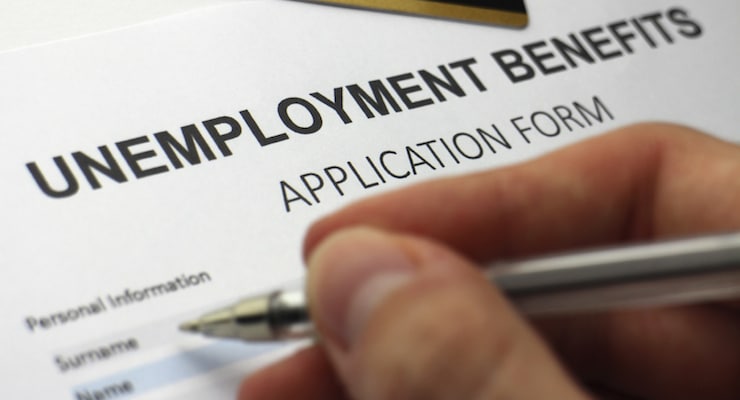

Weekly jobless claims, or first-time claims for unemployment benefits reported by the Labor Department.
The Labor Department said Wednesday the number of Americans filing for unemployment benefits gained 18,000 from a 43-year low in the week ending November 19. First-time claims for state unemployment benefits, otherwise known as weekly jobless claims and the firing rate, increased to a seasonally adjusted 251,000.
Claims for the prior week were revised to show 2,000 fewer applications filed than previously reported, but the median forecast called for 250,000. A Labor Department analyst said there were no special factors impacting this week’s initial claims and no state was triggered “on” the Extended Benefits program during the week ending November 5.
Claims have now been below 300,000, a threshold associated with a healthy labor market, for 90 straight weeks, which is the longest run since 1970. However, the labor market was much smaller back then in raw numbers and the eligible pool of applicants has now shrunk due to longterm unemployment and declining labor force participation.
The claims report, which was released a day early because of the Thanksgiving holiday, also showed the number of people still receiving benefits after an initial week of aid rose 60,000 to 2.04 million in the week ended November 12.
The four-week moving average–which is widely considered a better gauge as it irons out volatility–was 251,000, a decline of 2,000 from the previous week’s revised average. The previous week’s average was revised down by 500 from 253,500 to 253,000.
The four-week average of the so-called continuing claims edged up 750 to 2.02 million. The continuing claims data covered the period during which the government surveyed households for November’s unemployment rate.
The highest insured unemployment rates in the week ending November 5 were in Alaska (3.4), Puerto Rico (2.6), New Jersey (2.2), Connecticut (2.0), California (1.9), Pennsylvania (1.8), Massachusetts (1.7), Nevada (1.7), Wyoming (1.7), Illinois (1.6), and West Virginia (1.6).
The largest increases in initial claims for the week ending November 12 were in Minnesota (+586), Nevada (+93), and North Dakota (+80), while the largest decreases were in California (-7,890), Illinois (-2,532), Texas (-2,169), Missouri (-1,898), and Pennsylvania (-1,643).






William Davis / November 24, 2016
What are your thoughts on the Jill Stein “recount”?
/